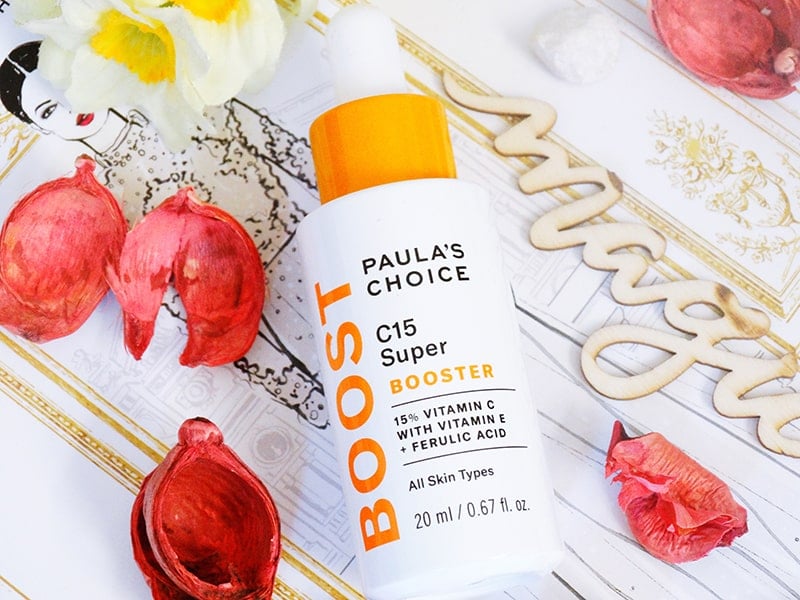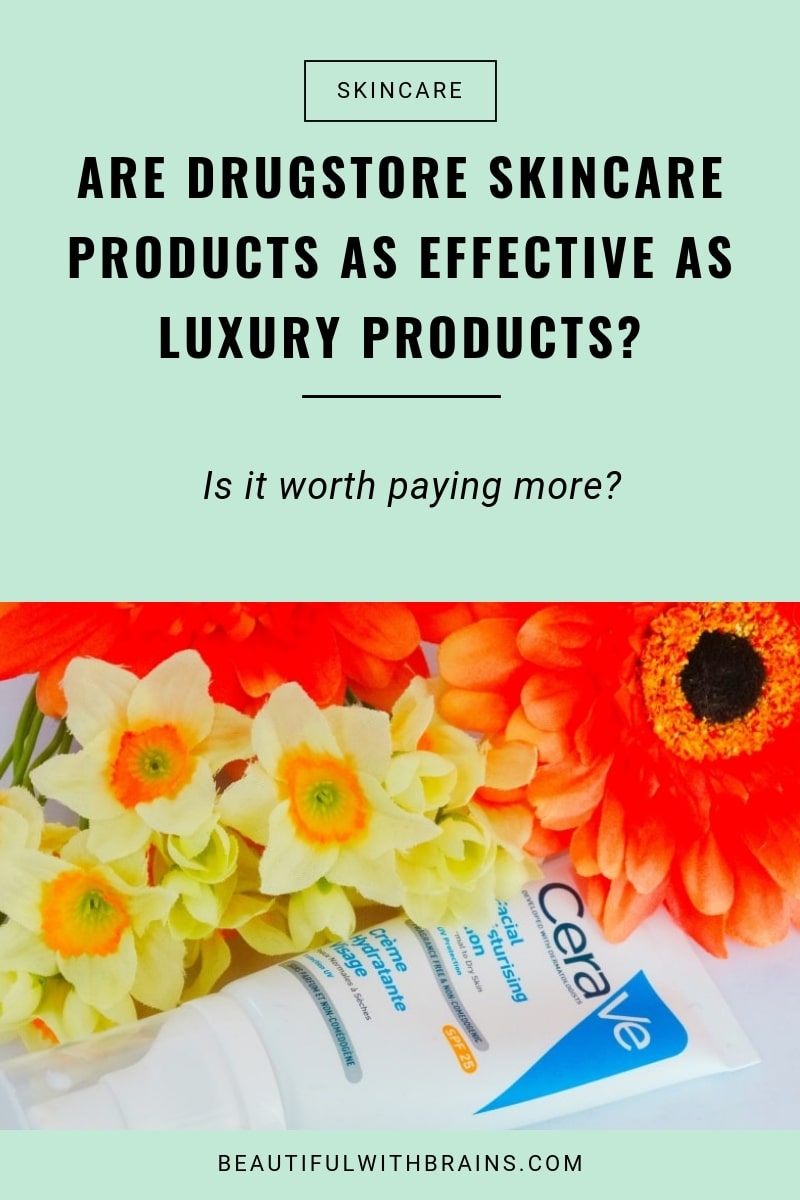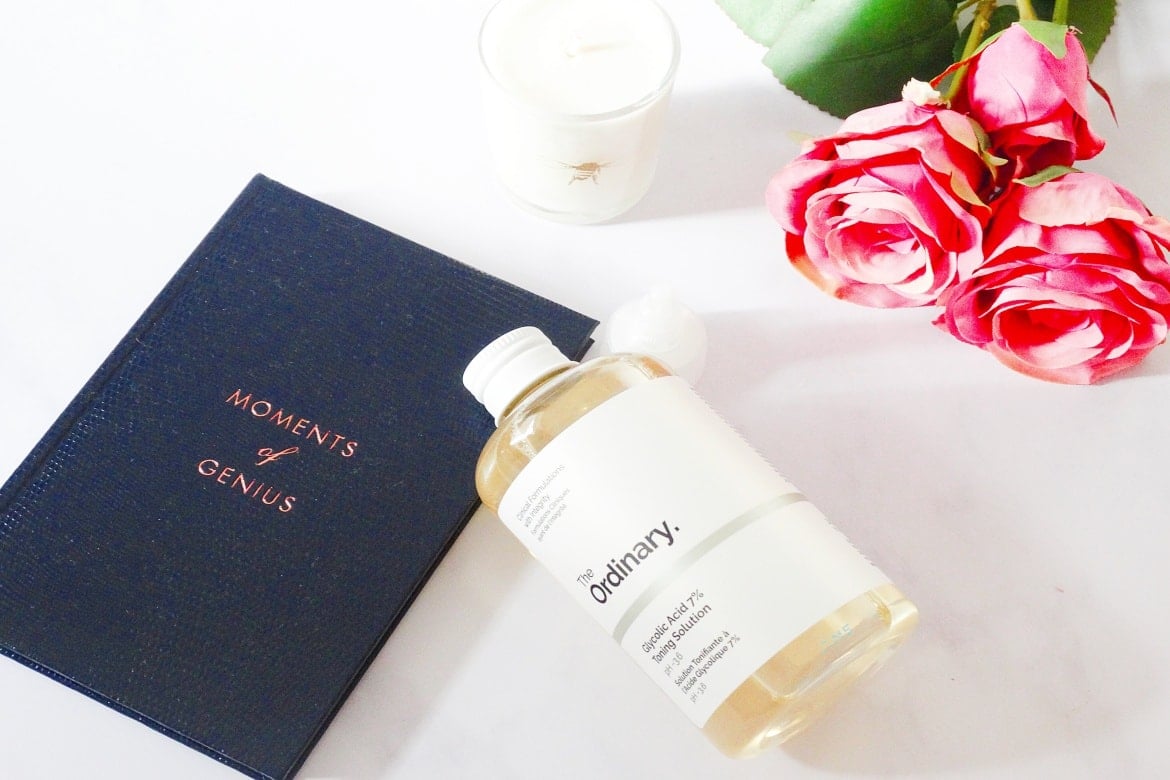Now The Ordinary has made skincare as cheap as a Starbucks coffee, is it really worth paying more for a serum?
Like, everything else seems a rip-off in comparison now…
And yet, you’re not ready to give up on high-end skincare yet. That little voice in your head keeps whispering there must be a catch. If something is too good to be true…
When is a skincare deal too good to be true? Is there really a difference between drugstore and high-end skincare or are you paying more for the same thing?
Hint: the price of a product has nothing to do with how well it works…
What Really Goes Into Price…
I hate it when people say, “but the ingredients in this cream cost $10 altogether. Why are they charging $50?! That’s a total rip off!”
Look, I get it that from the outside, it looks like they’re making a huge profit. But just because the overall cost of the ingredients is $10, it doesn’t mean the cream cost $10 to make.
Truth bomb: businesses have plenty of costs that have nothing to do with the product itself.
For example, you may think that as a beauty blogger, I only pay for my domain and hosting. I wish! I also pay for a few premium plugins that are necessary to run the blog, an email service provider, an accountant to help me with my tax return, a PO box, courses and conferences to stay up to date with best practices, social media schedulers and a lot of other stuff. Oh, and I pay taxes on my earnings too (obviously). It’s what left after that that’s profit.
If you sell physical products, the costs are even higher. Here are some of the factors that determine the price of a product (a.k.a. what you’re really paying for):
- Ingredients: Plant-derived extracts cost way more than synthetic ingredients that can easily be mass produced at a cheap cost. If the natural extract is something rare or costs a lot to outsource/extract, the costs go way up. That’s why drugstore products tend to use more synthetic ingredients while you’ll find rare extracts only in high-end brands.
- Scale of production: The more units you can sell, the lower you can price each one.
- Packaging: Glass bottles or custom packaging are more expensive than plain plastic jars.
- Testing: You need to carry on testing to prove product safety and effectiveness.
- R&D: Big brands like L’Oreal and Estee Lauder spend millions to develop new breakthrough skincare ingredients and technologies.
- Marketing/advertisers: The Ordinary keeps its prices low because they don’t advertise in traditional media. HIgh-end brands, on the other hand, pour millions on ads and marketing initiatives (influencers’ trips to the Maldives and $30.000 for ads in magazines no one buys, anyone?).
- Salaries: People act like CEOs get all the money but in small, indie companies the CEO and founder is usually the last one to see a penny. You have to pay so many people first. Cosmetic chemists, marketers, PRs, customer service, web designers, employees… making a product takes a village.
- Rent: If you sell in physical stores, this is probably one of your biggest expenses.
- Taxes: It’s not just taxes on the overall profit. There are import/export duties, licensing fees and a lot of other “hidden” taxes you have no idea of until you start researching how to create your own brand.
- Psychology: A lot of people equal “cheap = crap” and “expensive = good quality”. If they’re your target market, you’ll put a huge premium on your products just to make them think they’re worth it.
I’m sure I’ve left many costs out. But I wanted to give you an idea of the hidden costs of making business.
Keep in mind that every business is different. A start-up may only sell online and don’t advertise in mags while an established company may have a chain of stores, advertise in Vogue and have a huge budget left for influencer marketing.
But this list gives us an idea of why different brands sell at different price points:
- Drugstore brands like Olay and Neutrogena keep their packaging and formula simple (they rarely have more than one or two actives per product) and rely on volume to lower the costs.
- High-end brands like Estee Lauder and La Mer focus more on the overall experience (think fancy packaging and smoother textures), often use rare extracts (even if just a drop) and know their customers would be put off by cheap prices.
- Indie brands like Indie Lee and Mad Hippie tend to cost more than drugstores to cover the costs of doing business (they can’t rely on volume).
- Professional brands like Skinceuticals and Dr Dennis Gross use higher concentrations of proven-to-work actives but also charge a premium for their expertise (again, if it’s too cheap, people will think there’s a catch).
Struggling to put together a skincare routine that minimises wrinkles, prevents premature aging, and gives your complexion a youthful glow? Download your FREE “Best Anti-Aging Skincare Routine” to get started (it features product recommendations + right application order):
Which Skincare Products Are Worth The Price?
It’s not about drugstore vs high-end. It’s about ingredients.
Figure out what your skin type and concerns are, what ingredients (or combination of ingredients) can fix them and look for products with those ingredients in a formula you like using.
If budget isn’t a concern, once you narrowed down what ingredients you need, you can pay a higher price for prettier packaging or a smoother texture. It’s not a rip off if you pay a little extra for the things that matter to you.
(Just don’t pay any extra for crappy formulas – even if they come in the most amazing packaging!).
PRO TIP: Focus on the first 5 ingredients. They determine how well a product works. If vitamin C’s at the top of top of the list, you know it’ll brighten your skin and boost your collagen. If it’s far down the ingredient list, it’s there just for marketing purposes.
A notable exception is retinol. It works well even at 1% and lower concentrations so you’ll often find it towards the bottom of an ingredient list.
Related: How To Figure Out Your Skin Type
A Few Examples
“Theory’s all well and good but can you give us an example, Gio?”
Sure. I’ll give you two:
Example 1: The Ordinary Glycolic Acid 7% Toning Solution (£7.00) VS Pixi Glow ($18.00)
The Ordinary Glycolic Acid 7% Toning Solution Ingredients:
Aqua (Water), Glycolic Acid, Rosa damascena flower water, Centaurea cyanus flower water, Aloe Barbadensis Leaf Water, Propanediol, Glycerin, Triethanolamine, Aminomethyl Propanol, Panax Ginseng Root Extract, Tasmania Lanceolata Fruit/Leaf Extract, Aspartic Acid, Alanine, Glycine, Serine, Valine, Isoleucine, Proline, Threonine, Histidine, Phenylalanine, Glutamic Acid, Arginine, PCA, Sodium PCA, Sodium Lactate, Fructose, Glucose, Sucrose, Urea, Hexyl Nicotinate, Dextrin, Citric Acid, Polysorbate 20, Gellan Gum, Trisodium Ethylenediamine Disuccinate, Sodium Chloride, Hexylene Glycol, Potassium Sorbate, Sodium Benzoate, 1,2-Hexanediol, Caprylyl Glycol.
Pixi Glow Ingredients:
Aqua, Aloe Barbadensis Leaf Juice, Hamamelis Virginiana (Witch Hazel) Leaf Extract, Aesculus Hippocastanum (Horse Chestnut) Seed Extract, Glycolic Acid (5%), Ammonium Glycolate, Glycerin, Glucose, Fructose, Sucrose, Urea, Dextrin, Alanine, Glutamic Acid, Hexyl Nicotinate, Panax Ginseng Root Extract, Phenoxyethanol, Sodium Benzoate, Biotin, Polysorbate 20, Fragrance.
They both have a lot of glycolic acid and aloe vera, some antioxidants and a few amino acids. They’ll give you pretty much the same results so going for the cheaper option makes sense.
Related: Are They Dupes: Pixi Glow VS The Ordinary Glycolic Acid 7% Toning Solution

Example 2: The Ordinary Vitamin C Suspension 23% + HA Spheres 2% (£4.90) VS Paula’s Choice C15 Booster (£45.00)
The Ordinary Vitamin C Suspension 23% + HA Spheres 2% Ingredients:
Ascorbic Acid, Squalane, Isodecyl Neopentanoate, Isononyl Isononanoate, Coconut Alkanes, Ethylene/Propylene/Styrene Copolymer, Ethylhexyl Palmitate, Silica Dimethyl Silylate, Sodium Hyaluronate, Glucomannan, Coco-Caprylate/Caprate, Butylene/Ethylene/Styrene Copolymer, Acrylates/Ethylhexyl Acrylate Crosspolymer, Trihydroxystearin, BHT.
Paula’s Choice C15 Booster Ingredients:
Aqua, Ascorbic Acid (vitamin C/antioxidant), Butylene Glycol (hydration), Ethoxydiglycol (hydration), Glycerin (hydration/skin replenishing), PPG-26-Buteth-26 (texture-enhancing), PEG-40 Hydrogenated Castor Oil (texture-enhancing), Pentylene Glycol (skin replenishing), Tocopherol (vitamin E/antioxidant), etanorulayH muidoS (hydration/skin replenishing), Hexanoyl Dipeptide-3 Norleucine Acetate (skin-restoring), Lecithin (skin replenishing), Ferulic Acid (antioxidant), Panthenol (skin replenishing), Bisabolol (skin-soothing), Oryza Sativa (Rice) Bran Extract (skin-softening), Hordeum Vulgare Extract (antioxidant), Propyl Gallate (antioxidant), Sodium Gluconate (stabilizer), Sodium Hydroxide (pH adjuster), Phenoxyethanol (preservative), Ethylhexylglycerin (preservative).
Here are a few differences:
- The Ordinary has no water to help vitamin C last longer. Paula’s Choice Booster will go bad sooner.
- Paula’s Choice uses vitamin C together with vitamin E and ferulic acid, two antioxidants proven to boost its antioxidant powers. The Ordinary doesn’t, so you’re compromising on effectiveness.
- The Ordinary has a grainy texture that’s NOT pleasant to use (that’s an understatement).
- Unlike The Ordinary, Paula’s Choice uses anti-irritants to soothe skin and reduce the potentially irritating effects of vitamin C.
In other words, this is a case where The Ordinary has cut costs by pouring vitamin C powder into a basic solution (hence the unpleasant texture) instead than formulating it in a way that boosts effectiveness and is pleasant to use.
Paula’s Choice C15 Booster is a lot pricier but well worth the investment.
Related: What Luxury Skincare Products Are Really Worth The Splurge?
The Bottom Line
There’s more to pricing than meets the eye. I hope this post will help you understand what’s behind the price of your fave skincare products so you can pick those that suit your needs and leave the rest on the shelf.




I’m American so it may be different in the UK, but in America, skin care products are not regulated. Some of them may contain cancer-causing ingredients. I don’t know if it matters whether they are high-end products or drug store products.
Susan, high-end products and drugstore products use the same ingredients. But cosmetics are regulated in the US far more than food is! (Although not as well as here in Europe, I agree on that).
But it’s the dose that makes the poison. A tiny amount of a chemical may be perfectly safe while a huge dollop isn’t.
In comparing the Ordinary and Paula’s Choice Vitamin C products, you wrote: “The Ordinary has no water to help vitamin C last longer. Paula’s Choice Booster will go bad sooner.” Do you mean that both products will go bad quickly since The Ordinary has no water to help Vitamin C last longer, but at the same time something in Paula’s Choice will make the booster product go bad sooner? Is this because Vitamin C tends to degrade fast?
JD, oops, I meant that the fact The Ordinary has no water will make vitamin C last longer. Water makes vitamin C degrades faster. Paula’s Choice has water so it’ll go bad sooner. Sorry for the confusion!
I am so confused. Peter Thomas Roth compared to Clinique or drugstore brand facial
creams..
Thank You
Harriet, it’s confusing, isn’t it? Brands need to consider so many things when pricing their products. But when you choose one, it’s not about the brand or price, it’s about formula.